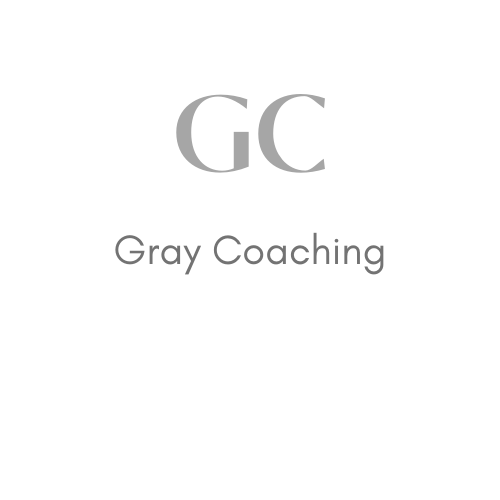WHAT YOU DID, GOT YOU HERE - WHAT YOU DO WILL TAKE YOU FURTHER
/As entrepreneurs, we aspire to have full-order books. We spend hours chasing leads, creating content, and driving sales. Then, if we’ve paid our cards right and with a bit of luck, we hit it big. Our capacity is at its maximum, and we are reaching our sales targets. Life at this point is good. Money is flowing into the business, suppliers are paid, and our days are filled doing what we set out to do.
Now is not the time to sit back and enjoy the fruits of our hard work. Now is the time to drive harder. Fill the pipeline even more and strive for what’s next. When we reach the point of sales nirvana, we should most certainly celebrate and reward our hard work, but once that is over, we need to ask some critical questions.
How much bigger could my pipeline be?
What sales/marketing channels can I experiment with to help grow?
How would I deliver on it if I closed 25% more sales?
If I committed X more spend or time to marketing and sales, what would happen to my pipeline?
How long can I run at 100% capacity?
What happens to the business if our largest client leaves?
What % of business comes from each client?
How do I de-risk this?
Having a book of clients pays the bills for now. This luxury allows you to scale and grow your business. You can take risks that you may not have been able to when funds were tight.
I’m not saying that you should immediately increase the size of your team to take on the next batch of new clients or bring in new equipment and double your office space. You may want to look at how you could plan and utilize what you have to serve your customer base. There may be things that you outsource that need to be brought in-house or vice versa. You may want to change how you manufacture, invoice, or deliver to your end user.
The efforts you put into reaching capacity in the first place, will not be enough to take you to the next phase. You need to drive harder and think differently to achieve what’s next.
That leads me to my next point. What is next?
When planning our businesses, we often look at the need today, this month, and this year. How many of us have a clear plan for the next 3, 5, and 10 years? What is the end goal? Why are you working so hard at all of this? Having both a long and short-term strategy for your business can help you make decisions, determine what to implement when and give you a place to try new ideas. Having a strategy and vision mapped out clearly will give your team insight into the purpose behind the business and makes for a much smoother day-to-day running of things.
Have a plan for what success looks like to you and know your next. Drive towards reaching it daily. Then drive harder once you have shot out the lights.

